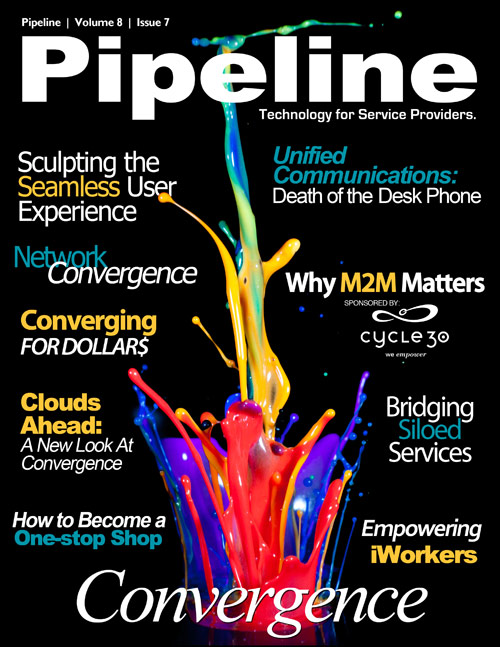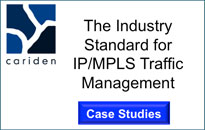By: Jim Dunlap

Telecom people have a habit of sticking to certain industry words long after the meaning behind those words has dramatically changed. Take "billing," for example. Back in the 1970s, telecom billing was considered strictly an accounting function. But today, billing has evolved to encompass a broad spectrum of telco-to-customer interactions, from pre-paid charging and real-time marketing offers, to usage analytics and e-billing. Though, by the way, billing still does actually include batch processing of monthly invoices.
"Convergence" is another one of those catch-all terms with remarkable staying power. Carriers have been talking about "convergence" for at least a decade–maybe longer. Convergence has always been about joining things–fitting one system or component with another. Today, we also use the term to describe several industry marriages, such as the convergence of telecom services into quad-play suites, the merger of pre-paid and post-paid billing databases; and the consolidation of B/OSS systems. There are probably a dozen more telecom "convergences" you can think of that I haven't listed here.
So when telecom people start using the "convergence" word in a new way, it's worth paying attention. They may well be pointing to a trend of great industry significance–an opportunity that is understandably hazy right now because the infrastructure and technology for it are new and still evolving.
Machine to Machine (M2M) is one of those emerging, tough-to-pin-down, but highly significant trends that will affect telecoms immensely. Making the most of the incredibly promising M2M market requires a whole new way of looking at convergence, which we'll revisit in a moment. But first: a little background.


What is M2M and Why Get Excited About It?
At the recent TMForum Management World event in Orlando a few weeks ago, the keynote address was given by AT&T's business development VP of emerging devices and M2M programs, David Haight.
M2M is the non-human interaction of computers, sensors, and devices across network pipes. M2M not only monitors the status of people, animals, and things, it can also retrieve information, or remotely control things at the other end such as closing the garage door you left open when you drove to work.
M2M has actually been around a long time. Swiping a credit card at the grocery store for credit approval is an everyday example of M2M. GPS navigation in your car is another. You bought a GPS receiver at a store, but it's delivered as a continuous M2M service via satellite.
So if M2M is already with us today, why is AT&T so excited about M2M's future? Because it sees the M2M market exploding–thanks to low-cost sensors, cloud computing and the networks, smartphones, and mobile tablets that AT&T sells and integrates.









